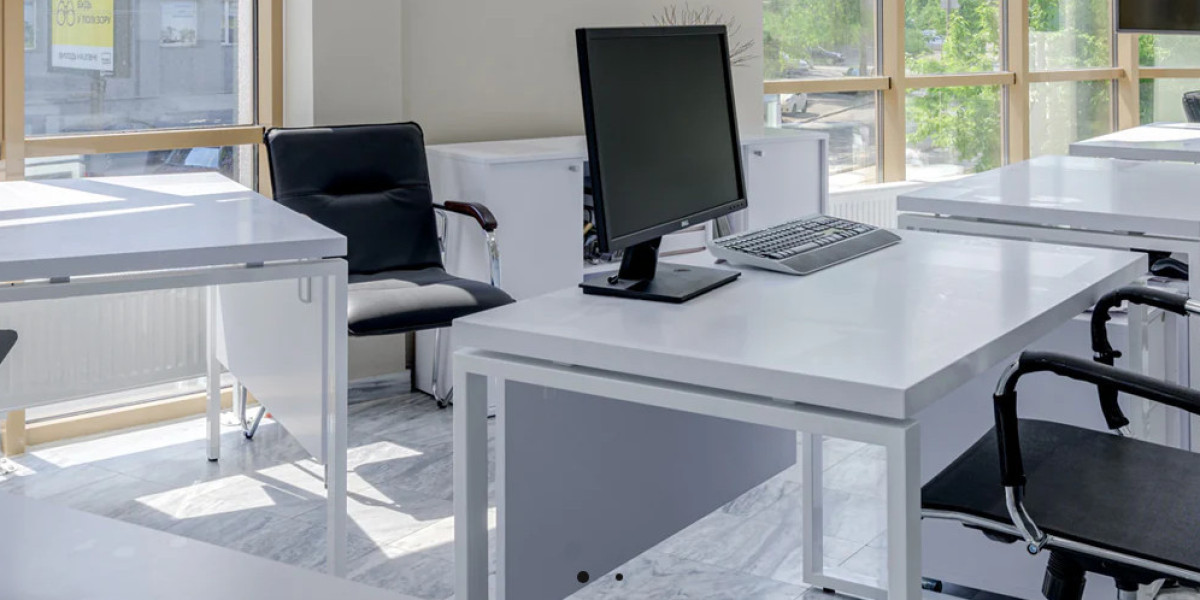Smart furniture integrates technology with traditional office furnishings to enhance functionality, productivity, and overall workplace experience. These innovations are designed to adapt to the needs of modern work environments, offering convenience and efficiency. Here’s what you need to know about transforming your office with smart furniture:
1. Understanding Smart Furniture
- Definition: Smart furniture includes pieces equipped with technology that enhances their functionality, such as integrated power sources, sensors, and connectivity features.
- Purpose: The goal is to improve the user experience by making furniture more adaptable, interactive, and supportive of various work styles.
2. Key Features of Smart Furniture
- Connectivity: Many smart furniture pieces come with built-in USB ports, wireless charging stations, and Bluetooth connectivity, allowing users to easily charge devices and stay connected.
- Adjustability: Features like height-adjustable desks and ergonomic chairs with memory settings cater to individual preferences and promote comfort throughout the day.
- Integration: Smart furniture can integrate with other office technologies, such as lighting systems and climate control, to create a cohesive and personalized work environment.
3. Benefits of Smart Furniture
- Enhanced Comfort: Adjustable features and personalized settings ensure that furniture supports individual ergonomic needs, reducing discomfort and promoting well-being.
- Increased Productivity: Smart desks and chairs designed for optimal ergonomics and connectivity help employees work more efficiently and effectively.
- Improved Organization: Integrated storage solutions and charging stations help keep workspaces organized and free from clutter, contributing to a more streamlined and productive environment.
4. Types of Smart Furniture
- Smart Desks: Desks equipped with adjustable heights, built-in power outlets, and programmable settings for different users.
- Ergonomic Chairs: Chairs with features like lumbar support adjustments, memory settings, and built-in sensors to monitor and improve posture.
- Interactive Tables: Meeting tables with touchscreens, integrated videoconferencing capabilities, and smart whiteboards that enhance collaboration and communication.
- Modular Workstations: Workstations with adaptable components that can be reconfigured for different tasks and work styles, often featuring integrated technology.
5. Implementing Smart Furniture in Your Office
- Assess Needs: Evaluate the specific needs of your workspace, including the types of tasks performed, the number of employees, and any existing technology.
- Choose Features: Select smart furniture with features that align with your office’s requirements, such as adjustable desks for sit-stand work or interactive tables for meetings.
- Plan Integration: Consider how smart furniture will integrate with existing office technology and infrastructure to ensure seamless functionality and user experience.
6. Costs and ROI
- Initial Investment: Smart furniture often comes with a higher upfront cost compared to traditional pieces. However, the long-term benefits in terms of productivity, comfort, and reduced maintenance can offset the initial expense.
- Return on Investment: Evaluate the potential ROI by considering factors such as improved employee performance, reduced absenteeism, and increased operational efficiency. Smart furniture can contribute to a positive work environment and higher employee satisfaction.
7. Future Trends in Smart Furniture
- AI Integration: Artificial intelligence may play a larger role in smart furniture, enabling more advanced personalization and adaptive features based on user behavior and preferences.
- Sustainability: Future developments may focus on eco-friendly materials and energy-efficient technologies, aligning with broader sustainability goals.
- Advanced Connectivity: Expect more integration with IoT (Internet of Things) systems, allowing for greater control and automation of office environments.
8. Choosing the Right Smart Furniture
- Research Brands: Look for reputable brands known for quality and innovation in smart furniture. Review product specifications and customer feedback.
- Test Functionality: If possible, test the furniture in a showroom or through demos to ensure it meets your needs and performs as expected.
- Consider Scalability: Choose smart furniture solutions that can grow with your business and adapt to future changes in office layout or technology.
9. Maintenance and Support
- Regular Updates: Keep smart furniture software and firmware up to date to ensure optimal performance and security.
- Warranty and Support: Check for warranties and customer support options provided by the manufacturer to address any issues or maintenance needs.
10. The Impact on Office Culture
- Modernization: Smart furniture contributes to a modern and innovative office culture, reflecting a commitment to staying current with technology trends.
- Employee Engagement: Enhanced comfort and functionality can lead to higher employee satisfaction and engagement, contributing to a positive and productive work environment.
Conclusion
Transforming your office with smart furniture offers numerous benefits, including enhanced comfort, increased productivity, and improved organization. By integrating technology with traditional furnishings, businesses can create a more efficient and engaging workspace that supports modern work styles and meets evolving needs. Investing in smart furniture not only enhances the functionality of your office but also contributes to a forward-thinking and dynamic workplace culture.








